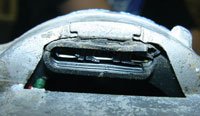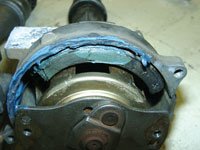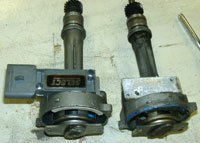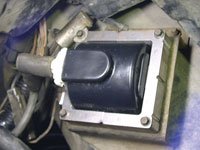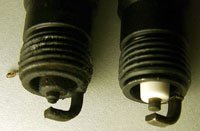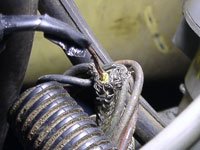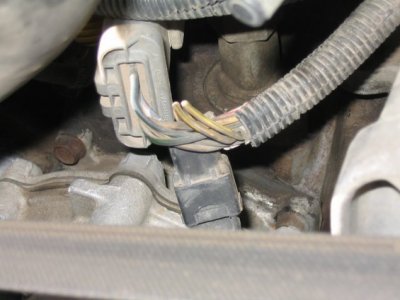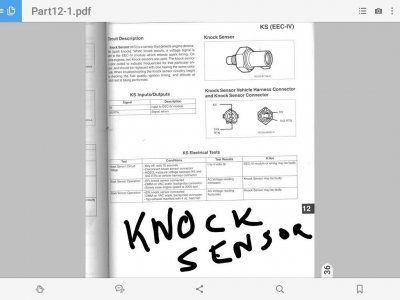Hey all, I've been reading through so many posts regarding this issue, with great tech info from MIESK5, Seattle FSB and so many more, and still have not found the answer.
This is my first post here, so be gently, lol.
I have a 1990 Bronco 5.0 manual 4x4.
Note: was running fine before the work.**
My son bought it and it needed a clutch and seals, vehicle had a few oil leaks, including the rear main. In lieu of laying on my back, we opted to pull the engine.
Parts replaced:
Clutch/Pressure plate - flywheel resurfaced and checked. Clutch ***** cyl, clutch master cyl.
Rear main, timing chain/gears, water pump, temp sensor (sending unit)
valve/oil pan gaskets, cracked drivers exhaust manifold.
All put back into the vehicle, primed the oil pump, fuel pump ran injectors pumped,
Fires up on the first try.
Clutch needs a little more bleeding.
While driving up and down the driveway, vehicle stalls out will not start.
No spark, Test came to the Dist pickup, replaced along with ICM while I was there. Nothing. Unplugged SPOUT and it fires right up.
Not sure where to go, looked at the PCM and everything looks good inside. PCM connector plug diagrams I found here didn't match up to the pin location I have on mine (weird??).
Any help or direction would be so appreciated, son wants to drive back to college and I want a reliable truck for him.
Julien.
This is my first post here, so be gently, lol.
I have a 1990 Bronco 5.0 manual 4x4.
Note: was running fine before the work.**
My son bought it and it needed a clutch and seals, vehicle had a few oil leaks, including the rear main. In lieu of laying on my back, we opted to pull the engine.
Parts replaced:
Clutch/Pressure plate - flywheel resurfaced and checked. Clutch ***** cyl, clutch master cyl.
Rear main, timing chain/gears, water pump, temp sensor (sending unit)
valve/oil pan gaskets, cracked drivers exhaust manifold.
All put back into the vehicle, primed the oil pump, fuel pump ran injectors pumped,
Fires up on the first try.
Clutch needs a little more bleeding.
While driving up and down the driveway, vehicle stalls out will not start.
No spark, Test came to the Dist pickup, replaced along with ICM while I was there. Nothing. Unplugged SPOUT and it fires right up.
Not sure where to go, looked at the PCM and everything looks good inside. PCM connector plug diagrams I found here didn't match up to the pin location I have on mine (weird??).
Any help or direction would be so appreciated, son wants to drive back to college and I want a reliable truck for him.
Julien.

